By now, many of us are hopefully aware of the power of Photoshop. We know that the vast majority of magazines, ads and images that we see today have had layers of post-production manipulation, doctoring reality so that we’ll buy into an idea of attainable perfection.
Here at Darling, we’ve always advocated that real = beautiful, and that women (and men’s!) bodies should never be digitally altered. It’s also why we’re committed to partnering with brands that feel the same, like Aerie, to usher in a new era of authentic, relatable media that leaves people uplifted instead of unsatisfied, empowered instead of ashamed at how their skin, lips or thighs never seem to measure up.
To expose more of the truth behind digital media as it stands today, we interviewed our own Photo Editor, Rebekah Shannon. In addition to producing Darling’s print photoshoots, she’s also spent years in the industry witnessing first-hand how images are changed, morphed and redesigned for commercial use.
Below, she’s furthering our education on the realities of Photoshop.
Darling Magazine: Let’s start on a positive note. What are the benefits to using Photoshop as a photographer?
Rebekah: I mean… the benefits are endless. The freedom to create things that you might not have access to or things that don’t even exist, fine-tuning exposure, contrast, sharpness, etc. You can experiment with different colors, processes and techniques (many of which used to be done with film processing originally). You even have the ability to adjust isolated parts of the photo.
DM: What been your professional experience with retouching?
Rebekah: I studied Digital Imaging (retouching) as my major at Brook Institute of Photography, then immediately after college I did an apprenticeship at Advanced Image Manipulators. I then worked as a full-time celebrity retoucher at White Cross Production and Jim Jordan Photography.
DM: How many people, typically, does it take to produce an your average commercial image?
Rebekah: To start, there’s the Glam Team. At the very least that’s composed of a wardrobe stylist, hair stylist, and makeup artist. Then you have the team that actually produces the photo: photographer, at least two photo assistants, a digital tech, a producer and prop stylist.
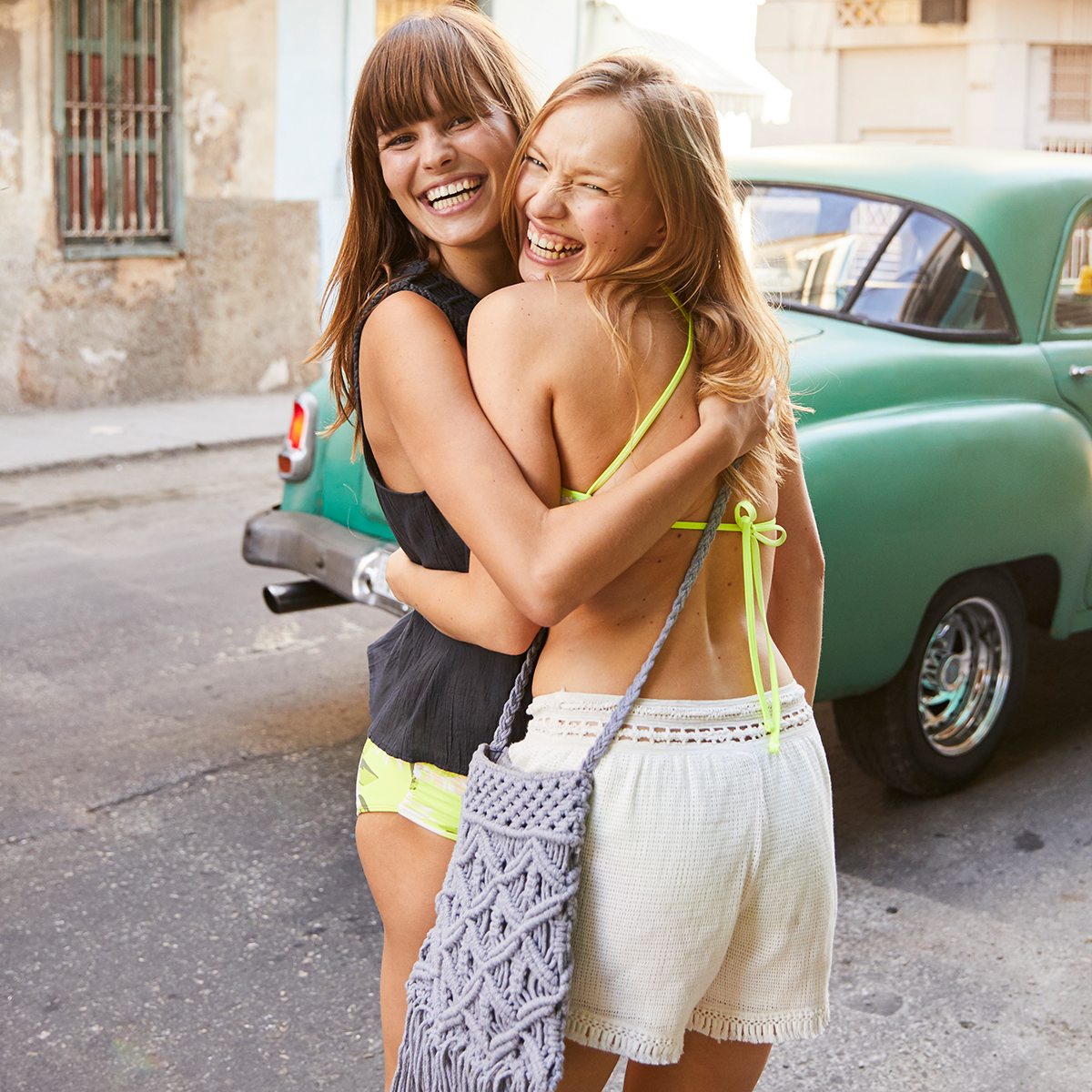
DM: What are the first “flaws” looked for when a commercial image is retouched?
Rebekah: Blemishes, scars, moles or large freckles.
DM: When images are retouched, are there parts of a woman’s body that are always edited?
Rebekah: Evening all skin tone, lightening dark circles under eyes, thinning the thighs and the arms.
DM: What are the most common tools used in Photoshop when retouching an image?
Rebekah: It depends, for a professional: Dodge & Burn on a 50% gray layer (on soft light mode) for skin and basically everything. Masking, to mask everything so you can fine tune each item in the photo individually. Then the pen tool for making selections. Tools that often misused by non-professionals: Clone stamp, healing brush, magic wand.
DM: What is it possible to do in Photoshop?
Rebekah: Literally anything. There is a YouTube video where someone turns a photo of a woman into a piece of pizza. But, in general, the main things that happen to an image are: removing blemishes, scars, wrinkles, stretch marks or any imperfections in the skin. Then thinning the body, arms, legs, and waist. Rounding out the butt, lengthening the neck and legs, and finally brightening and whitening the eyes and teeth.
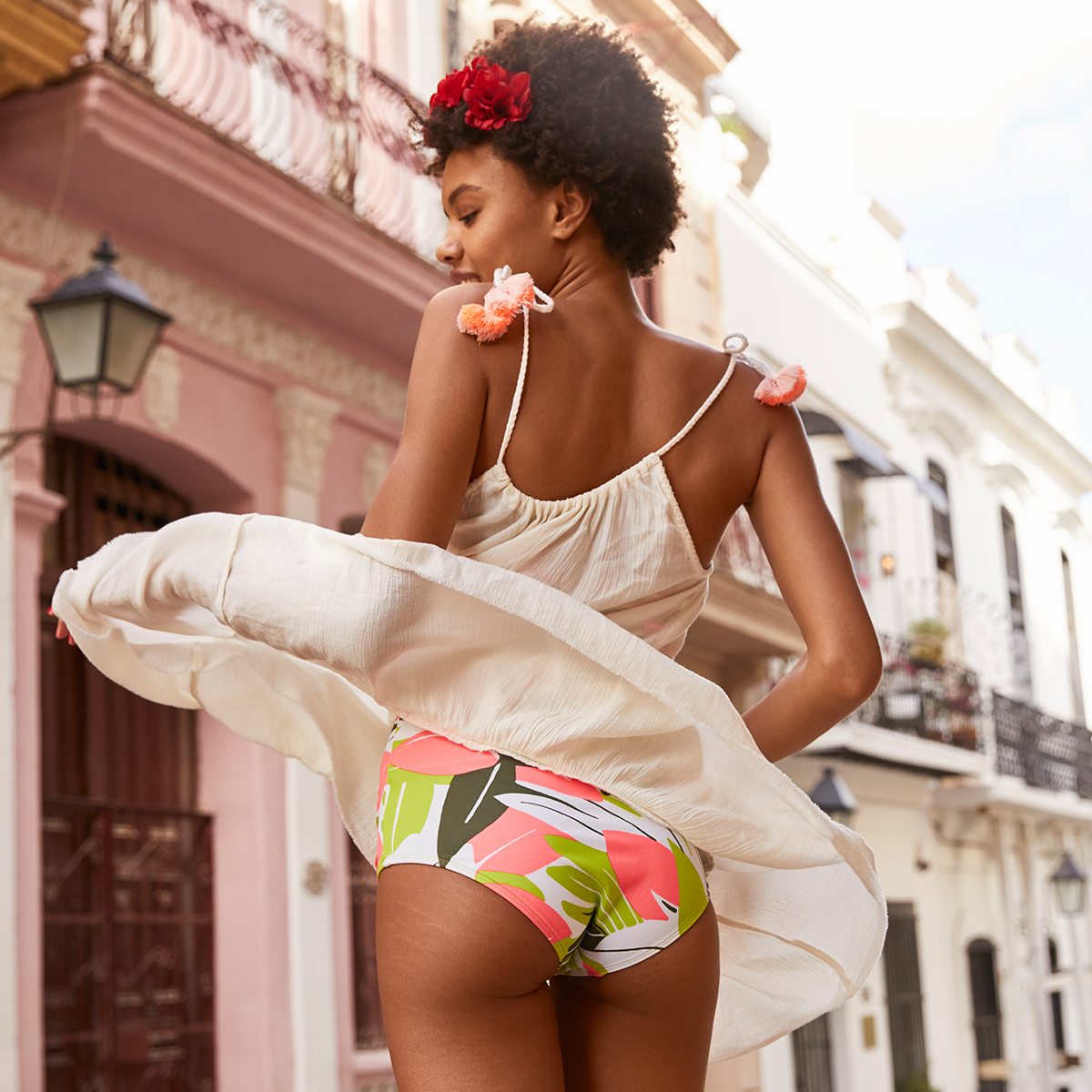
DM: What would we be most surprised to know about the commercial images we see today? (Besides that they are Photoshopped.)
Rebekah: Models are often retouched to be LESS skinny, sometimes they don’t fill out the clothes enough so they are thickened up in some cases. A straight sized model is size 0-2, which represents 1% of the US population. The average model is 5’11” and 117 lbs (which is considered severely underweight, even according to the BMI). But not every woman at that height and weight are unhealthy. A healthy weight varies from person to person.
The main thing to remember is that most of the women you see in ads and in magazines are models for a living. They were born with a specific height (at least 5’9”) and have a certain body shape that fits a specific sample size (0-2). Not only are these rare creatures to begin with, but then they go through usually 2-3 hours of professional hair, makeup and styling to look the way they do. THEN they are put into an ideal lighting scenario and photographed by a professional to make them look their absolute best. Even THEN they are retouched to remove any “flaws,” and their bodies are perfected in Photoshop to an unachievable ideal.
This is not where we should be looking to be inspired. It’s typically extremely unrealistic. To put expectations of ourselves up against the photos we see in the media is a crime against our mental health. Luckily, over-retouching is becoming a trend that is frowned upon and several brands, magazines and photographers have leaned toward a light hand in retouching. Some have even eliminated it altogether like Aerie and The Body Shop, and we hope it’s only the start of brands realizing they can make such a difference when then do!
What would you like to see more of/less of in commercialized photos?
This post is brought to you by Darling partner, Aerie. We’re proud to partner with brands that strive to create better, more realistic media for women. All thoughts and opinions remain Darling’s own.
Un-retouched Image provided by Aerie

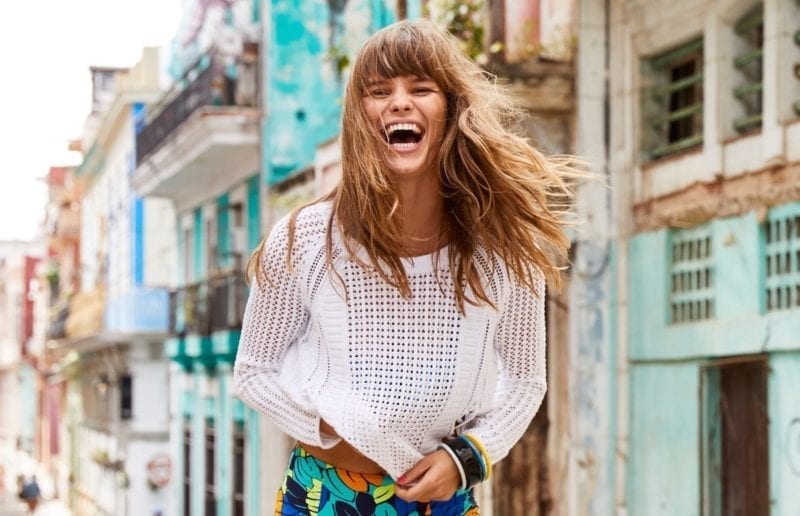
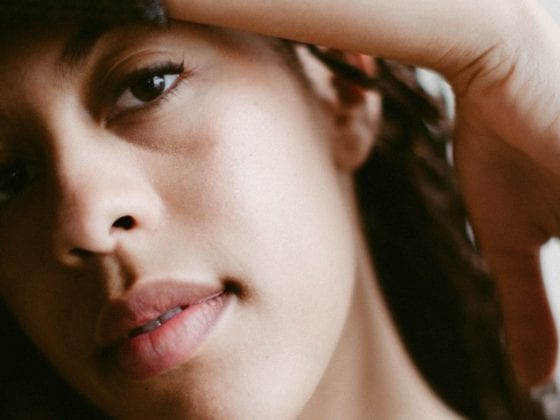

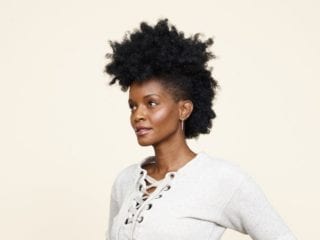
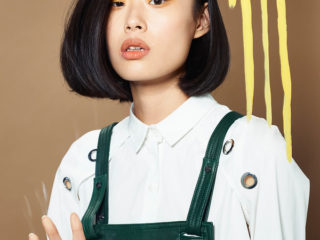
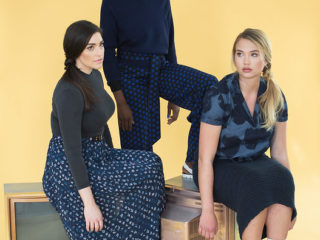

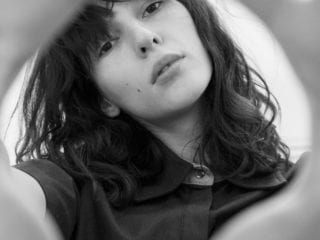
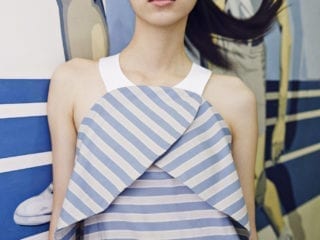
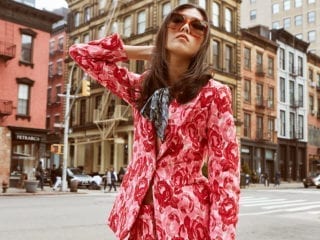
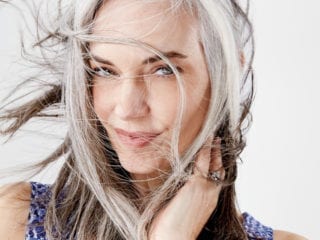
2 comments
Do you know if there are any other pages similar to this one?…
It was so interesting to learn about the mechanics of Photoshop behind commercial retouching. I’m really surprised that to learn that models are retouched to make them fuller nowadays – but it makes sense as they don’t represent much of the population. And that pizza video…
–
Charmaine Ng | Architecture & Lifestyle Blog
https://charmainenyw.com